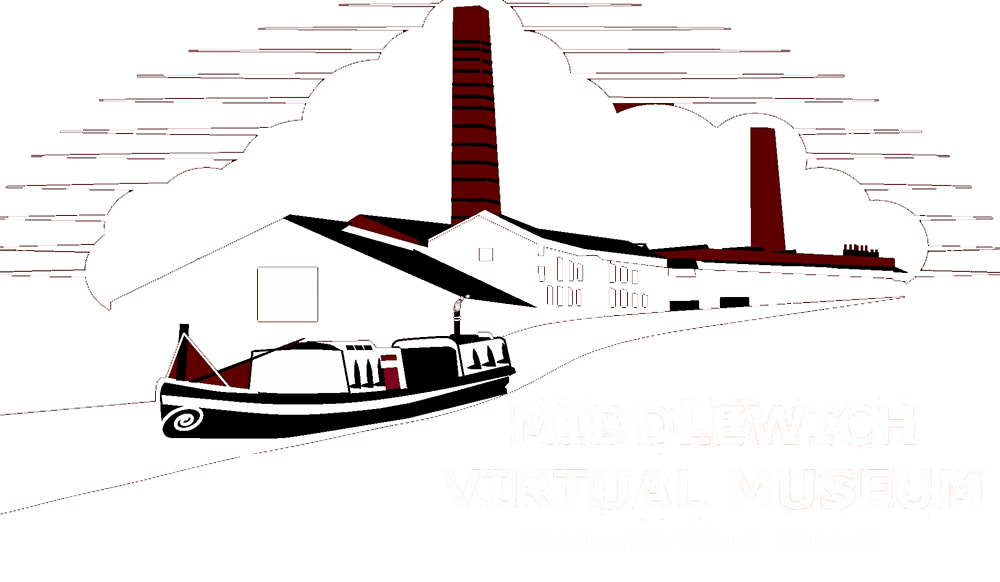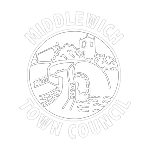Amphora A large container made from clay that was used in the transport of wine, oil and non-perishable items that could not be placed in a wooden case. (These were often re-used to hold something else such as brine waste at the salt works.)
Auxilia Auxiliary military units attached to the legions. There were about 150,000 soldiers serving as auxiliaries. They were not Roman citizens and were usually from one of the Roman provinces, but were granted citizenship on retirement. They were organised in cohorts.
Barbarian Those living outside the frontiers of the Roman Empire.
Brine Water containing salt
Briquetage Baked clay used for linings and containers in the salt works
Britannia The Roman name for Britain
Celtic A general term used to describe the tribes of Northern Europe during the Iron Age.
Centurion A rank in the Roman Army
Cohort A Military unit within a legion. There were 10 cohorts, each divided into six centuries within each legion. The name also applies to infantry units with the auxiliary army and to units within the Praetorian guard.
Condate Possible name for Northwich ‘conflux of two rivers’ (may still be Middlewich)
Cornovii The Celtic tribe that lived in the area which included Middlewich
Denarius A silver coin of which there were 25 to a gold piece (Denarii plural of Denarius)
Diploma Two small engraved bronze tablets bound together with bronze threads. These recorded the privileges granted to the soldier on his discharge. These included citizenship and the right to be married legally.
Flagon Pottery container for wine
Fort A permanent base for units of auxiliary troops
Fortress The permanent base for units of Roman legions
Freedman A slave or servant who had given loyal and trustworthy service and had been given his or her freedom.
Garum A sauce made from Mediterranean fish and salt. It was a favourite ingredient in Roman cookery.
Legion The base military unit in the army. Each legion contained 5,000 infantry and 120 cavalry. The soldiers in the legions were all Roman citizens. The number of legions in the Roman army fluctuated between 25 and 33, depending on how many the current emperor decreed there should be.
Mortarium A heavy, pottery dish used to grind foodstuffs into powders, pastes or liquids.
Mosaic A design or scene laid in a floor or wall. This was made of small (about 2cm. square) coloured and glazed tiles laid in a foundation.
Oppidum A Celtic settlement, often highly fortified.
Principia The central headquarters building in a fort or fortress.
Quern stones The stones used for grinding grain into flour
Republic The period of the Roman Empire between 510 and 31 BC
Salinae Means salt springs, another possible name for Middlewich
Samian-ware Glazed fine pottery often with a raised design. Originally imported from Gaul.
Sestertius A brass coin worth four asses, or a quarter of a denarius
Sextarius A unit of measurement for liquids. Equal to one imperial pint (0.568 litres)
Tribe The political and social grouping favoured by the Celts. Headed by a chief.
Woad A blue dye the Celts used to paint their skins in order to instil fear in the enemy.
Wroxeter Roman settlement of Viroconium, close to the tribal centre of the Cornovian tribe



